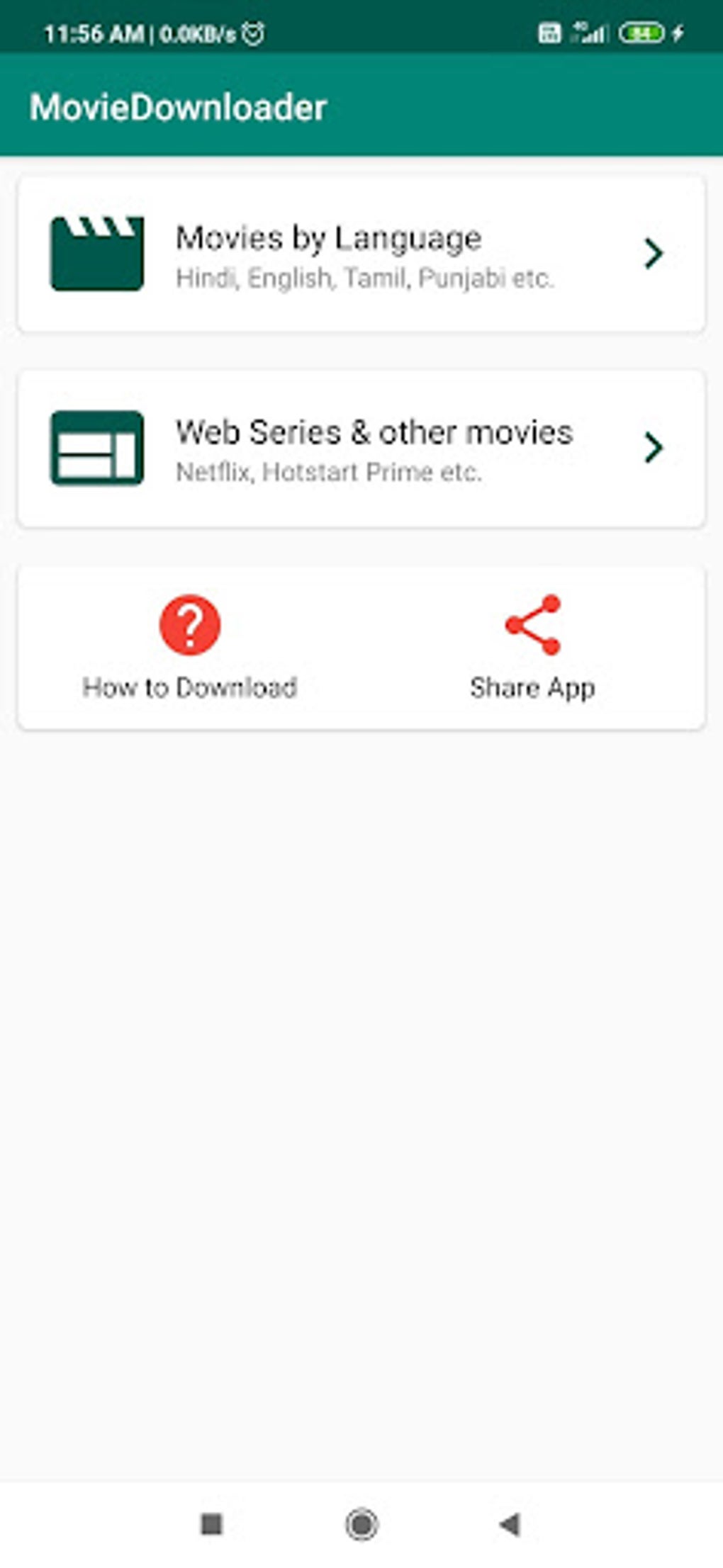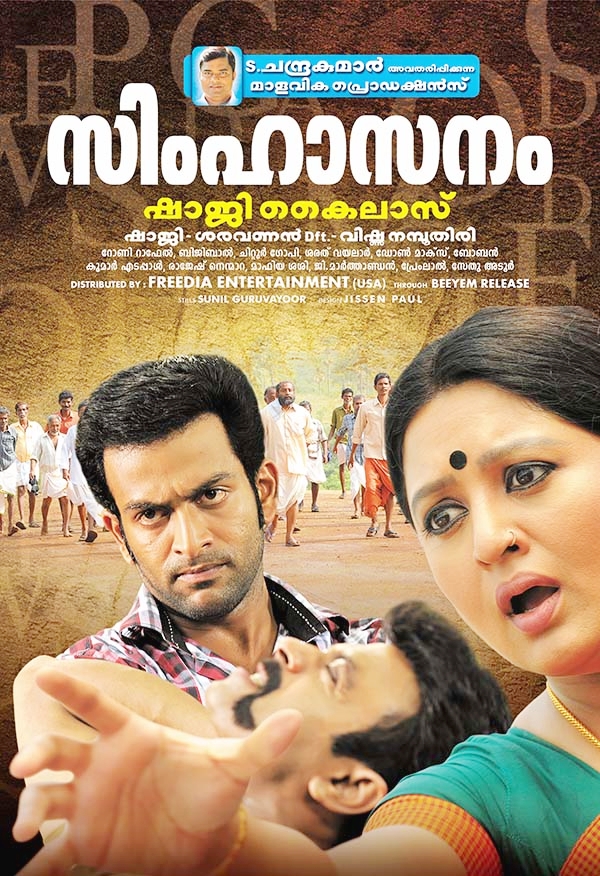Why has the demand for streaming and downloading movies surged in recent years? A bold statement reveals the answer: convenience and accessibility have revolutionized how we consume entertainment. Today, audiences can access a vast library of films, TV shows, and other multimedia content at their fingertips, transforming traditional viewing habits. This shift is driven by technological advancements that allow users to download and stream free books, movies, music, comics, and magazines anytime, anywhere on any device using resources like library cards or subscription services.
The evolution of digital platforms has created unprecedented opportunities for content consumption. Platforms such as Moviebox offer hubs for various genres including action, horror, and popular series, enabling viewers to download and enjoy the latest global movies and TV shows. These services cater to diverse preferences, providing both online streaming and offline viewing options through downloads. Furthermore, major tech companies like Apple have integrated media services into their ecosystems, allowing users to download and play content offline with millions of songs, ad-free experiences, and extensive libraries of movies, TV shows, podcasts, audiobooks, and more.
| Bio Data & Personal Information | |
|---|---|
| Name | [Person's Name] |
| Date of Birth | [Date] |
| Place of Birth | [Place] |
| Career | Media Professional |
| Professional Information | Expert in Streaming Services |
| Website Reference | Authentic Website |
In addition to individual user experiences, institutional resources such as the Indianapolis Public Library contribute significantly to this trend. Patrons can leverage their library cards to access free digital content, expanding educational and recreational opportunities. Meanwhile, websites dedicated to movie downloads continue to proliferate, offering varying levels of service quality and legality. For instance, Reddit discussions often highlight user-recommended platforms for downloading movies, reflecting community-driven insights into optimal viewing experiences.
Windows Media Player 12 exemplifies another facet of this phenomenon, providing tools for downloading and managing media files directly from Microsoft Store. Social media integration further enhances user engagement, fostering communities around shared interests in movies and entertainment. Similarly, apps like MovieTubes position themselves as powerful solutions for downloading movies, TV shows, and web series, emphasizing speed and efficiency in content delivery.
As these trends continue to evolve, the intersection of technology and entertainment creates new possibilities for content creators and consumers alike. The ability to download movies anywhere and transfer them to mobile devices for offline viewing underscores the flexibility modern platforms offer. Whether through proprietary systems like iTunes or open-access resources, the emphasis remains on delivering high-quality experiences tailored to individual preferences. This transformation not only reshapes how we interact with media but also establishes new standards for convenience, accessibility, and personalization in digital entertainment.
Moreover, the integration of RSS feeds and social sharing features within these platforms enhances discoverability and curation of content. Users can subscribe to updates, share recommendations, and engage with broader networks of enthusiasts. Such functionalities amplify the value proposition of streaming and downloading services, making them indispensable components of contemporary media consumption. As technology continues to advance, the boundaries between traditional and digital entertainment blur, creating seamless experiences that cater to evolving user expectations.
The convergence of multiple factors—technological innovation, consumer demand, and platform development—drives the ongoing transformation of media access. From library-based initiatives to commercial enterprises, the landscape reflects a commitment to enhancing user experiences while maintaining ethical standards. While challenges related to copyright enforcement and data privacy persist, stakeholders across the industry work collaboratively to address these concerns while preserving the core benefits of digital distribution.
In conclusion, the rise of streaming and downloading services represents a pivotal moment in the history of entertainment. By prioritizing accessibility, convenience, and personalization, these platforms redefine how audiences engage with content. As innovations continue to emerge, the future promises even greater opportunities for exploration and enjoyment, ensuring that the digital age remains synonymous with boundless possibilities for discovery and connection.



